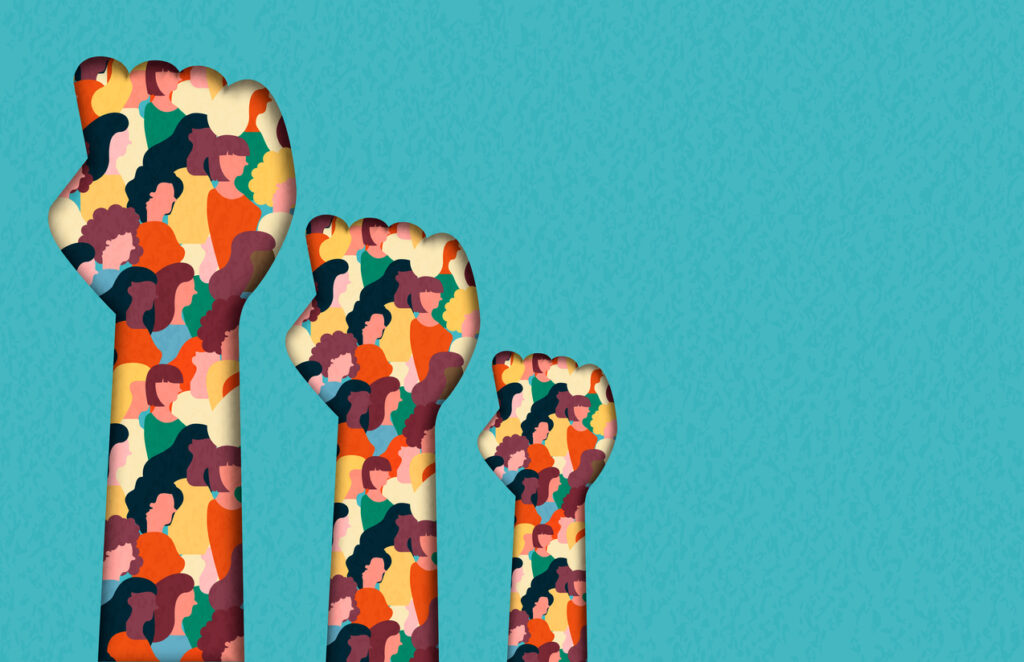Haaretz.
Misguided attempts to combat racism are simply conservative politics in disguise.
Nitzan Horowitz
Tim Tai, a student at the University of Missouri, was violently attacked last November when he entered the “safe space” – a tent city established by black students on campus. A “safe black space” is an area closed to whites (!) where black people can meet only other black people, and in that way be protected from the racism surrounding them. The brazen student, taking photographs as a freelance assignment for ESPN, was thrown out with the argument that he was not respecting “black spaces.” Tai, incidentally, is Asian American.
The “safe spaces” phenomenon was designed to combat racism, but has become the most current expression of the racism that underlies identity politics. A “black space” in California was witness to another serious incident: An Asian woman complained of racial harassment by a black student, and was silenced on the grounds that blacks cannot be racist. In a liberal arts college in Ohio, meanwhile, a Japanese student led a large protest against serving “non-authentic” sushi in the cafeteria, claiming it was an insensitive “cultural appropriation.”
Identity politics is eating away at everything, all over the world, and the main victim is the social democratic camp. Leftist parties, workers’ groups and human rights activists and militants have been struck by paralysis. Criticism of countries, groups and people who belong to the “oppressed” side has been downplayed, and they are thus permitted to trample democratic principles and behave violently. Worse, the social democratic camp got involved in this identity-driven discourse and is abandoning the socioeconomic struggle.
The big mistake is treating multiculturalism gone wild as something related to the left. Identity politics – which judges a person only according to ethnic or racial origin, gender or ethnic identity – is not a product of an updated left, but simply conservative politics in disguise. It sees “authenticity,” sometimes totally unfounded, as the most important thing and sanctifies the folklore. Inevitably, it also spills over into racism.
Identity politics doesn’t aspire to social improvement by means of a more equitable division of wealth via the mechanisms of the welfare state, but creates new demarcation lines based on color and race, religion and gender. In effect, these are the same old coarse and exploitative boundaries, but from the opposite direction.
The bottom line is identical: racial separation instead of social justice. In that way, identity politics is destroying the welfare state and increasing social gaps it is supposedly working to repair. Its chief beneficiaries are the Big Money oligarchs: Ethnic groups and races are fighting each other instead of uniting against those who are screwing them.
In the stormy 1960s, Malcolm X – a prominent representative of identity politics – came to speak on a U.S. campus. An enthusiastic student approached the charismatic spokesman of the Black Muslim movement. “I admire your struggle,” she declared, excitedly. “What can I do to help?” Malcolm X looked at the white girl in disgust. “Nothing,” he replied, turning his back on her. In the speech he delivered there, he attacked Martin Luther King Jr., who favored racial integration, and harshly condemned him for being a “house Negro.”
A few years later, Malcolm X abandoned the militant and anti-Semitic Nation of Islam. He got rid of the racism that had stuck even to him, and started an organization based on multiracial partnership. Because the way to fight social deprivation is not by ethnic separatism, but by uniting the battles: blacks and whites; Christians, Muslims and Jews; women and men. And here, Mizrahim and Ashkenazim (Jews of Middle Eastern and North African origin, and Jews of European origin).
“I was in my car driving along the freeway when at a red light another car pulled alongside,” wrote Malcolm X in his autobiography, a few months before he was assassinated. “A white woman was driving and on the passenger’s side, next to me, was a white man. ‘Malcolm X!’ he called out – and when I looked, he stuck his hand out of his car, across at me, grinning. ‘Do you mind shaking hands with a white man?’ Imagine that! Just as the traffic light turned green, I told him, ‘I don’t mind shaking hands with human beings. Are you one?’”

